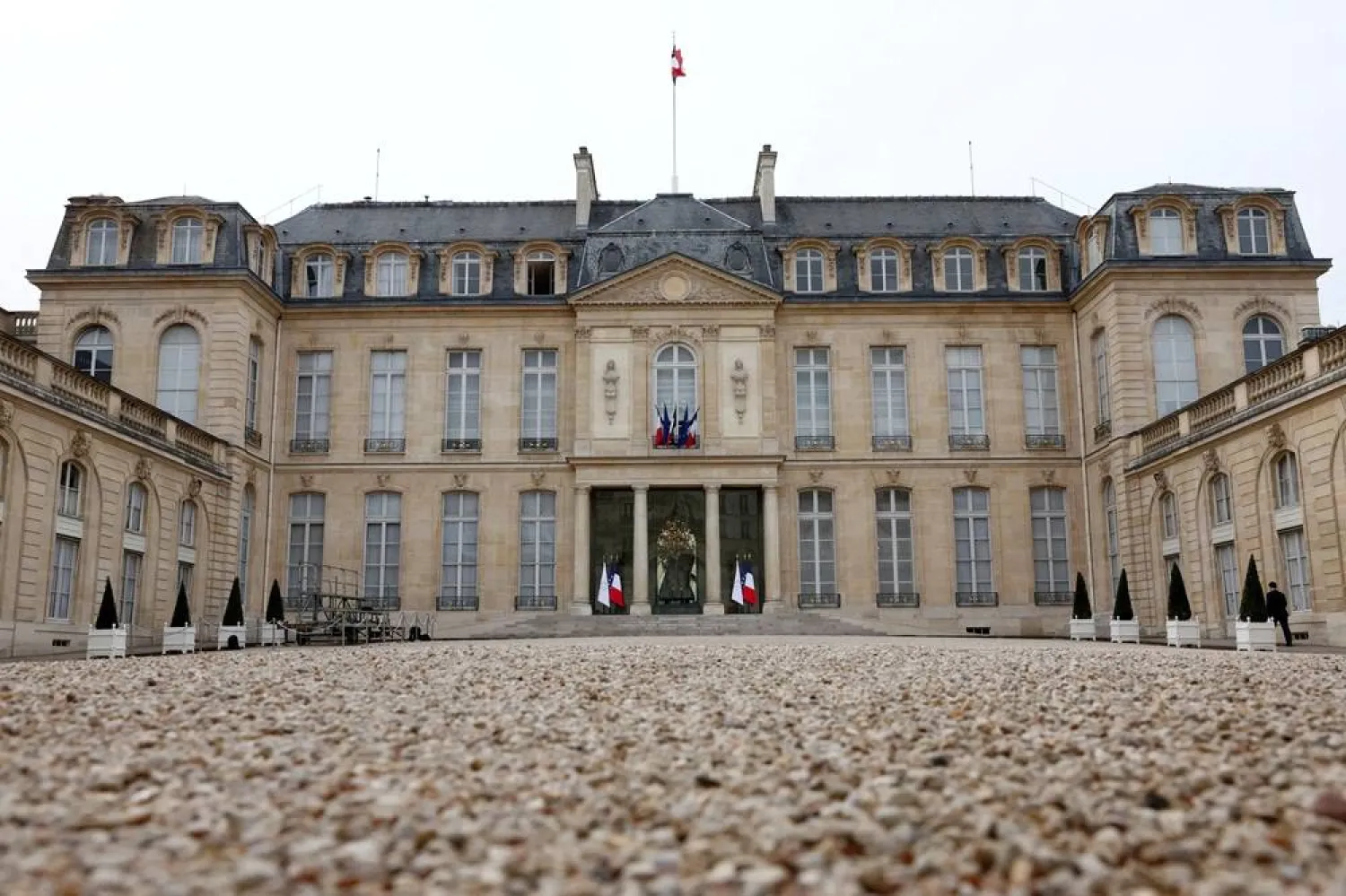Sea lions, often seen on the shores of South Latin America, took advantage of isolation measures imposed on humans by the emerging coronavirus to relax in the resort of Mar del Plata on the west coast of Argentina, AFP reported.
Vacationers used to see the sea lions on the coast of the city of 750 thousand people, located 400 kilometers southwest of Buenos Aires, but they are investing this opportunity to go further on land. They can now be seen playing in the parking lots or in front of closed souvenir shops.
"Because of the house quarantine, the streets are empty of people, so sea lions ventured to move away a little from their usual place," said Juan Lorenzani, president of the Fona Argentina Foundation.
These mammals are accustomed to the hustle and bustle of the city, which welcomes thousands of tourists all year round, and is now enjoying an unprecedented calm since 20 March, when forced isolation was imposed on 44 million Argentines.
"These animals weigh between 350 and 500 kilograms of the largest size," Lorenzani said, explaining that they have the ability to control the temperature of their bodies and seek protection from the wind.
Commenting on the issue, Jorge Persio said, as he went shopping, "This is unusual! The animals are taking advantage of the situation to enjoy more comfort."









